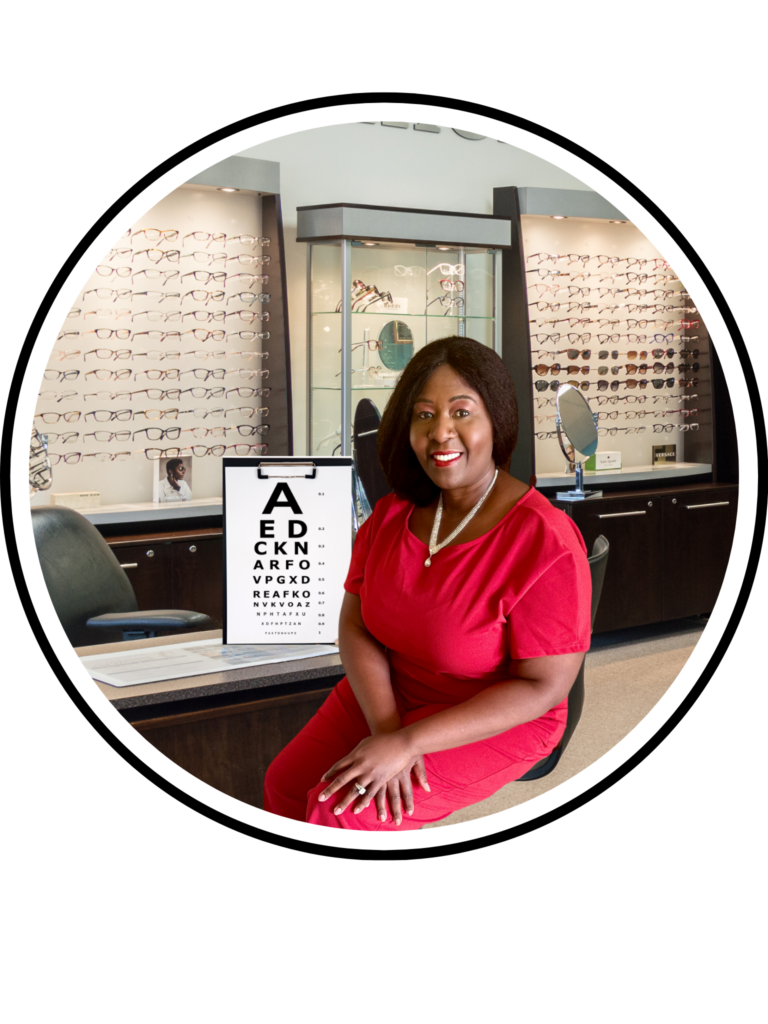5 Major Financial Threats To The CEO Optometrist in Private Practice: #1 – Not paying yourself first

“The golden rule in budgeting, financial planning, and saving is to pay yourself first.” — James Justin
Welcome to the introduction of a 5-part series: 5 Major Financial Threats to the CEO Optometrist in Private Practice. As many independent practice owners know, owning your practice can be incredibly rewarding. However, those rewards come with certain financial risks. To protect your practice, it’s critical to identify these financial threats and develop a winning plan to mitigate them.
In this series, I’ll explore the five major financial threats you face in your practice, starting with a common mistake:
1. Not Paying Yourself First
As a small business owner, you might think it’s wiser to pay yourself last, saving more cash for the business. However, sometimes putting yourself first is the key to success.
With so many business expenses—utilities, rent, inventory, staff wages, marketing—it can be difficult to prioritize your own salary. As a practice owner, you may feel like you should reinvest everything into the business. But here’s the truth: the first thing you should do with your money is pay yourself first.
Paying yourself isn’t a luxury; it’s a necessity. When you prioritize yourself financially, you’re safeguarding your business and your future. In this section, I’ll explore why paying yourself is essential and how to do it effectively.
“Pay yourself first” means that when revenue comes in, the first thing you do is allocate money for your personal savings or compensation before paying for business expenses or making discretionary purchases. As a business owner, you deserve to be compensated in three ways:
- As an employee: You should be paid for your work in the business, just like your other employees.
- As the CEO: You should be compensated for your efforts in growing and managing the practice.
- As an investor: You should receive a share of the business profits.
2. Dependence on Vision Plans
For many optometry practices, vision plan reimbursements are the bread and butter. However, relying too heavily on these plans can be risky. Imagine having a practice where vision plan reimbursements were just a bonus! What if you didn’t need to depend on them for financial stability? What if you could cut them out without hurting your profitability?
While this might sound like a dream, it’s possible. In this section, I’ll share strategies for developing a plan to become less dependent on vision plans, giving you greater control over your practice’s financial health.
3. Failure to Track Business Performance
In my experience with clients in the CEO of YOU™ business consulting program, failure to track performance metrics is a huge challenge for many practice owners. In fact, 90% of my clients weren’t tracking any performance metrics before they started consulting. Scary, right?
Metrics are crucial because they help you evaluate the health of your practice. Without tracking, you’re flying blind. You need to understand patterns and trends in your practice to make informed decisions for improvement. Numbers don’t lie—tracking them gives you a clear picture of where your practice stands and where it needs to go.
In this section, I’ll explain the Key Performance Indicators (KPIs) every optometry practice should track and how to use them to boost your practice’s performance.
4. Overspending
Overspending is defined as the act of spending more money than you have or more than was planned. Do you have a budget for your practice? Do you know where your money is coming from and where it’s going? If not, you’re not alone—many practice owners are in the same boat.
A practice without a budget is vulnerable to financial problems, regardless of its age or size. Without a clear understanding of your finances, it’s impossible to make a profit, seize investment opportunities, or commit to long-term goals.
On the other hand, a practice with a well-defined budget can create a roadmap for financial success. In this section, I’ll discuss the importance of budgeting and offer practical tips for creating a “common-sense” budget that works for your practice.
5. Production Burden
The cost of production, or Chair Time Cost in optometry, refers to the total price paid for resources used to deliver services to patients, including materials, labor, and overhead. Understanding this cost is crucial for maintaining a profitable practice.
When you know your Chair Time Cost, you can optimize everything from your production processes to your delivery schedules, allowing you to improve both service efficiency and profit margins. In this section, I’ll explain how to calculate your Chair Time Cost and why it’s key to your practice’s financial health.
Over the next few weeks, we’ll dive into each of these five financial threats and explore how you can protect your practice from them.
Which of these financial threats do you think poses the biggest risk to your practice’s success? I’d love to hear your thoughts—share your answers in the comments below!
If you’re ready to protect yourself from these threats and more, sign up for our CEO of YOU Business Consulting program. You’ll get the tools you need to navigate financial challenges and build a thriving practice.
Sign up for our consulting program today!
Until next time, remember to Dream Big, Take Risks, and become the CEO of YOU™!





Responses